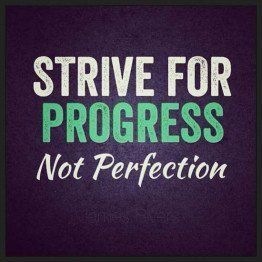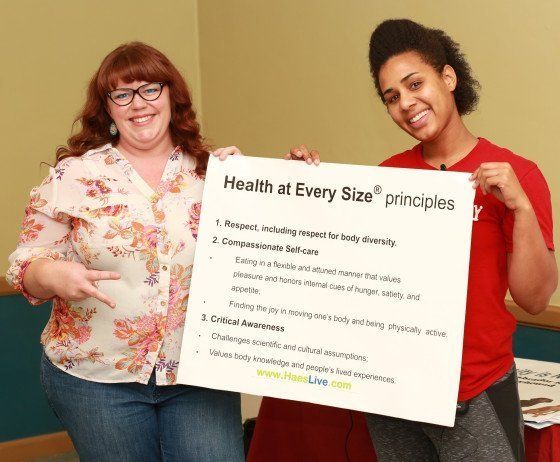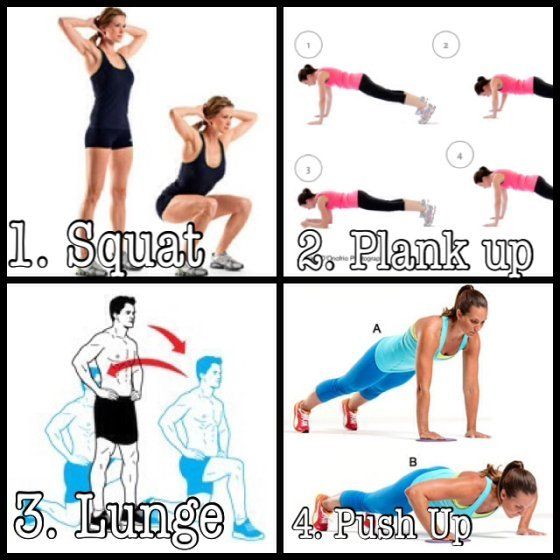By Meg White
•
January 6, 2017
When race cars speed around the track they burn rubber, loosen screws, and use gas. Any car that doesn’t stop for the pit crew isn’t going to last very long on the track, or in the race circuit. It’s surprising how cars resemble the human body. And how much our lifestyles have changed our bodies from luxury sedans to race cars. Our high paced life style leave some bodies in the dust. It’s always interesting to see the 70 year old in the assisted living facility, who needs help tying their shoes- and the 70 year old still completing 5K’s, and out running the 30 year olds. You have to ask yourself how you want to age, and what you can do to accomplish your goals. We treat our bodies like race cars, and rarely stop by to see the pit crew. To reach and maintain your fitness goals, and get the most miles out of your ride it’s important to take the time for regular tune ups. After all your body is the only vehicle you get. Check out my 4 Tips to A Speedy Recovery and a Long Ride 1) Sleep- A recent study showed that dieters that got 7.5+ hours of sleep regularly, lost twice as much fat as their sleepy counter parts. [1] Not sleeping enough can cause your body to store fat, increase your blood pressure, decrease your ability to perform regular tasks, and have negative effects on your immune system. The average adult should regularly get 7.5-8.5 hours of sleep. 2) Hydration- In spite of the fact that about 75% of the body and lean muscle tissue is water, many still load up on sugary sodas and caffeinated drinks to quench their thirst. Studies regularly prove water’s ability to speed up the metabolism. Being properly hydrated ensures you’ll be able to work your hardest during your work-out, and recover faster by transporting nutrients where they’re needed. Proper hydration can also increase energy and ward off chronic disease and pain. Hydration is more than water. Electrolytes are also key to staying hydrated. Check out the TrainHardOrGoHome blog or Facebook fan page for an easy homemade Electrolyte recipe, or try coconut water. Exercising adults need 80-96 ounces of water per day. Caffeine, intense exercise, and a weight loss goals means more H2O. 3) Post Work-Out Nutrition – After your work-out you’ve depleted your body of glycogen, and torn down your muscles. The next step is to rebuild them. Your body uses carbs to replenish energy and aid in the distribution of protein to repair muscles. You have a 30-45min window when your body is best able to absorb nutrients. Eating you largest meal and being sure to include both protein and carbs are vital for the most efficient recovery. For maximum recovery shoot for between 0.15-0.25 grams of protein per pound of your body weight and between 0.25-0.4 grams of carbs per pound of body weight. If you’re very overweight, use your goal weight when calculating how many carbs/protein to eat. 4) Flexibility Training- Flexibility has to do with the ability of your body parts to use their full range of motion. Limited range of motion can lead to chronic injury, pain, permanent joint damage, and decreased strength potential. Keeping all your muscles flexible puts less stress on your joints and back. A regular flexibility routine is vital to reaching your full fitness potential, and maintaining it. After warming up, stretching should be performed before and after work-outs, and daily for maximum benefits. Yoga is also a great way to increase flexibility. As you speed through your daily tasks, and work-outs be sure to take the time to rest and recover. Remember you can’t trade your body in. If you’re ready to live BALANCED, healthy and fit, enjoy the support of a fitness community geared at realistic lifestyle changes with Action Boot Camps! Not sure if a Fitness Community is for you? Mention this article for a free work-out and come see for yourself.






